Artichokes bring to mind the romantic rolling hills of Tuscany. In fact, during one of my trips to Italy, I photographed a box of baby purple artichokes (see below) at a Naples farmers market that captures the splendor and beauty of food in Italy. We have a Mediterranean climate here in Los Angeles, so artichokes grow as well here as they do in Italy. And while most people buy transplants at the nursery, growing artichokes from seed is not difficult. You just have to have patience.
At a recent SLOLA meeting (Seed Library of Los Angeles), Craig Ruggless of Winnetka Farms unveiled a globe artichoke that is truly purple. He worked on breeding this special cultivar for years and SLOLA members got some of the first seeds to start expanding its availability. Here’s what we’re doing to grow these purple artichokes from seed.


As a member of SLOLA I was able to “check out” 5 seeds for this beauty. Craig instructed us to grow out all the seeds, because there still may be rogue traits popping up in the genetics. A rogue artichoke, Craig’s word, reverts back to its thistle heritage resulting in a thorny monster rather than the desired plant. Undaunted, I set out to experiment.

We started seeds in 4″ pots filled with good quality compost, coir and vermiculite. We added worm castings to the mix as well.
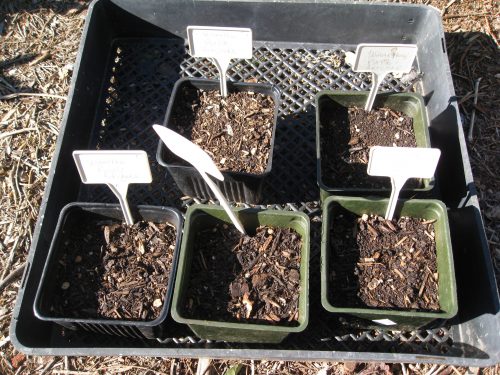
We started our seeds outdoors in seed trays, but you can start them on a heating mat indoors if your climate requires it. We planted our seeds in early February during our heat wave. Artichokes like temperatures in the 70s, but need a few weeks of cold weather before planting out. Vernalization encourages vigorous flowering (which means more artichokes…because they are flowers).
To ensure success, we also bought a live plant from David King at SLOLA headquarters for $2. They started seeds in November.
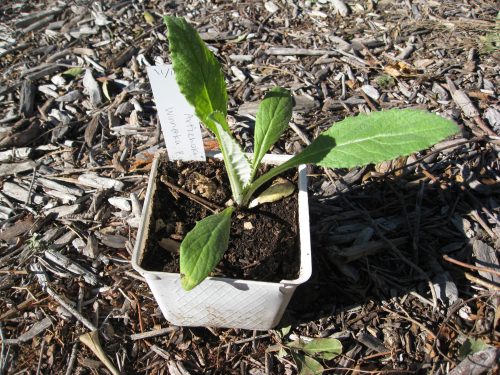
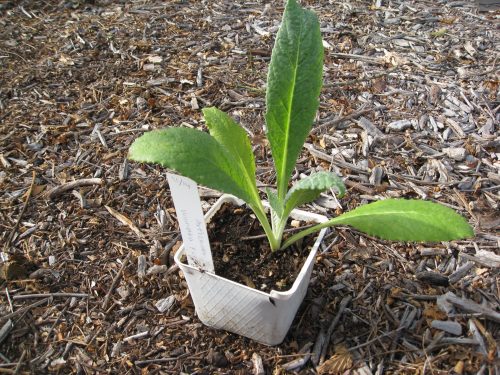
We watered our seeds and seedling with kelp emulsion once, then irrigated with rain water daily, and a month later here’s where we are:
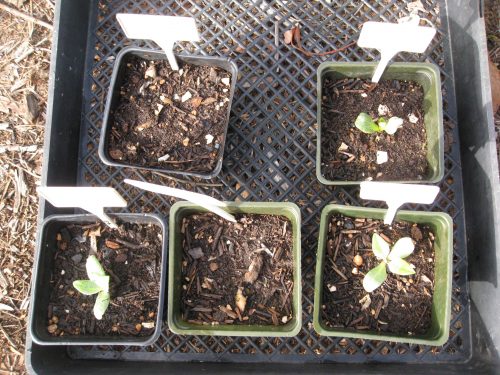
Soon we’ll be planting these into larger pots or we’ll find a spot in the ground for them. Either way, artichokes like rich soil and deep root space. They don’t like to be cramped. Plants will grow to 5 feet in diameter. So give ’em room to grow.
Where do artichoke seeds come from?
Where did these seeds come from in the first place? Craig Ruggless explained how he harvested seeds from the dried, spent artichokes in his garden. The seeds are embedded in the base of the flower beneath all that fuzzy choke business. After trial and tribulation, Craig finally realized the best tool for extracting the seeds: a dinner fork.
Hopefully our seeds will grow into glorious plants with glorious buds and we’ll harvest the seeds to return to the seed library. Stay tuned for more.

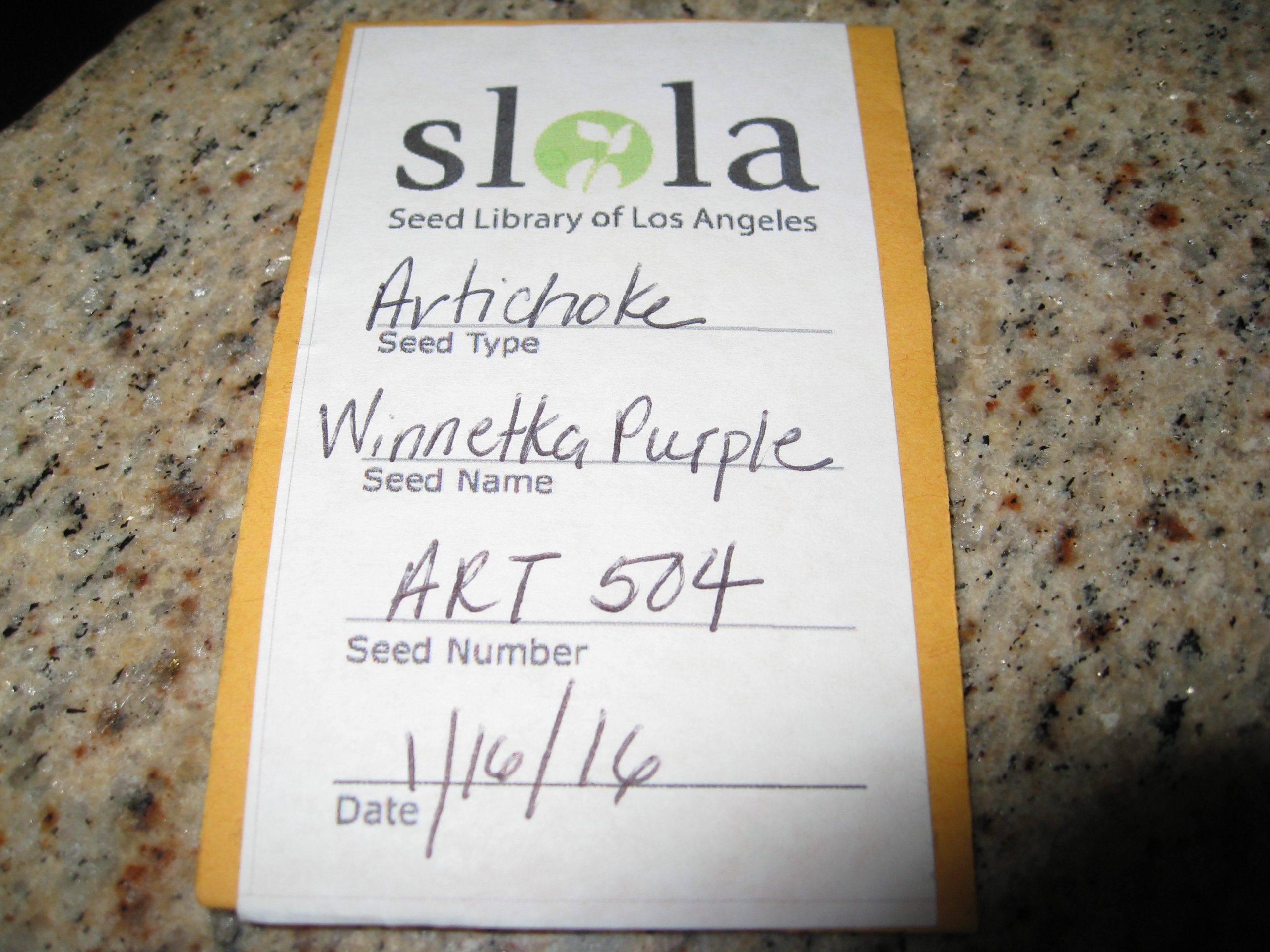
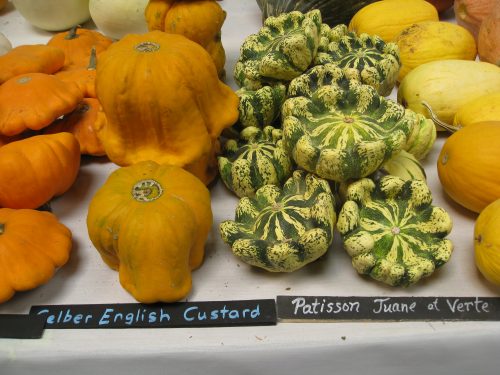
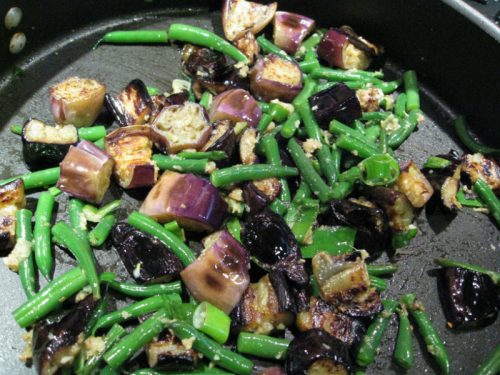
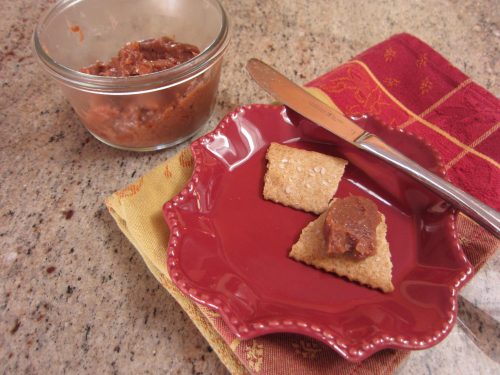
Pingback: Wordless Wednesday: Spring Activity - Gardenerd
Pingback: YouTube: A Container Garden Glow Up with Vego Gardens - Part 2 - Gardenerd
Pingback: Wordless Wednesday: Spring Activity - Gardenerd
Pingback: YouTube: Grow Artichokes - Not Aphids - Gardenerd
Pingback: YouTube: Perennial Crops for Your Self-Reliance Garden - Gardenerd
The best [artichokes] Ive found for my area in southern NH is called Colorado Star.
Started from seeds in late winter I got my first chokes before August 1st. A truly remarkable cultivar!
Thanks for sharing this tip, Bob. It’s always good to know what cultivars work best in different hardiness zones.
It’s a bit late for me to start my artichokes right now, but my sister is just beginning with her seed starters and I’m definitely recommending your post to her. She was just wondering about artichokes few days ago, and your advises are exactly what she needs right now. Thank you for all this helpful information. Happy gardening!